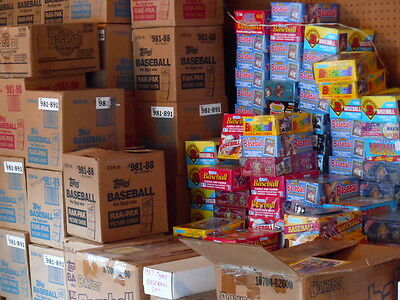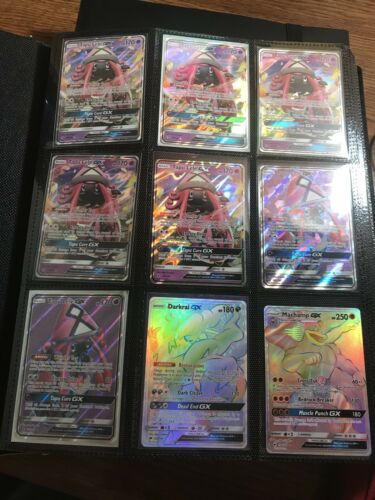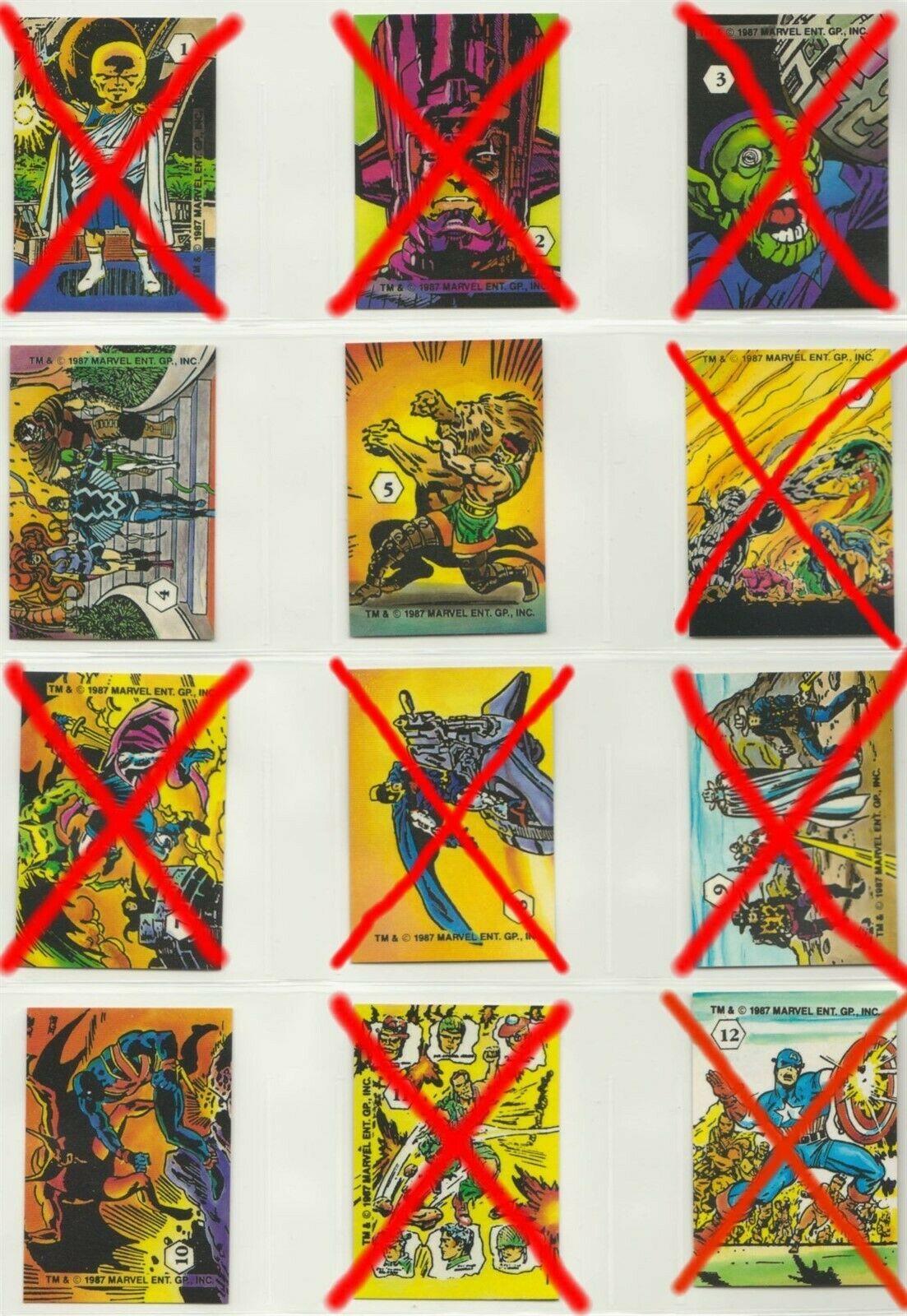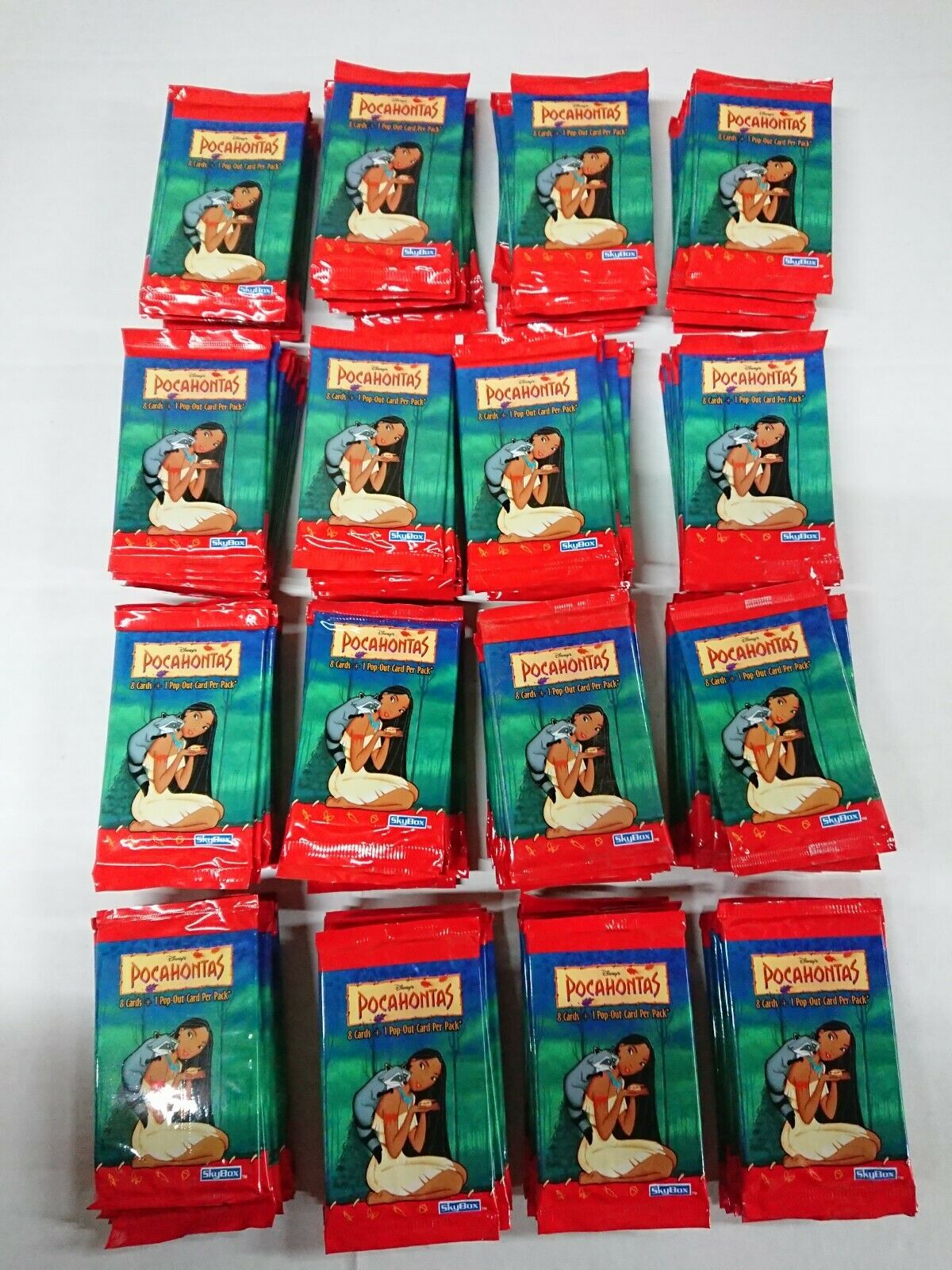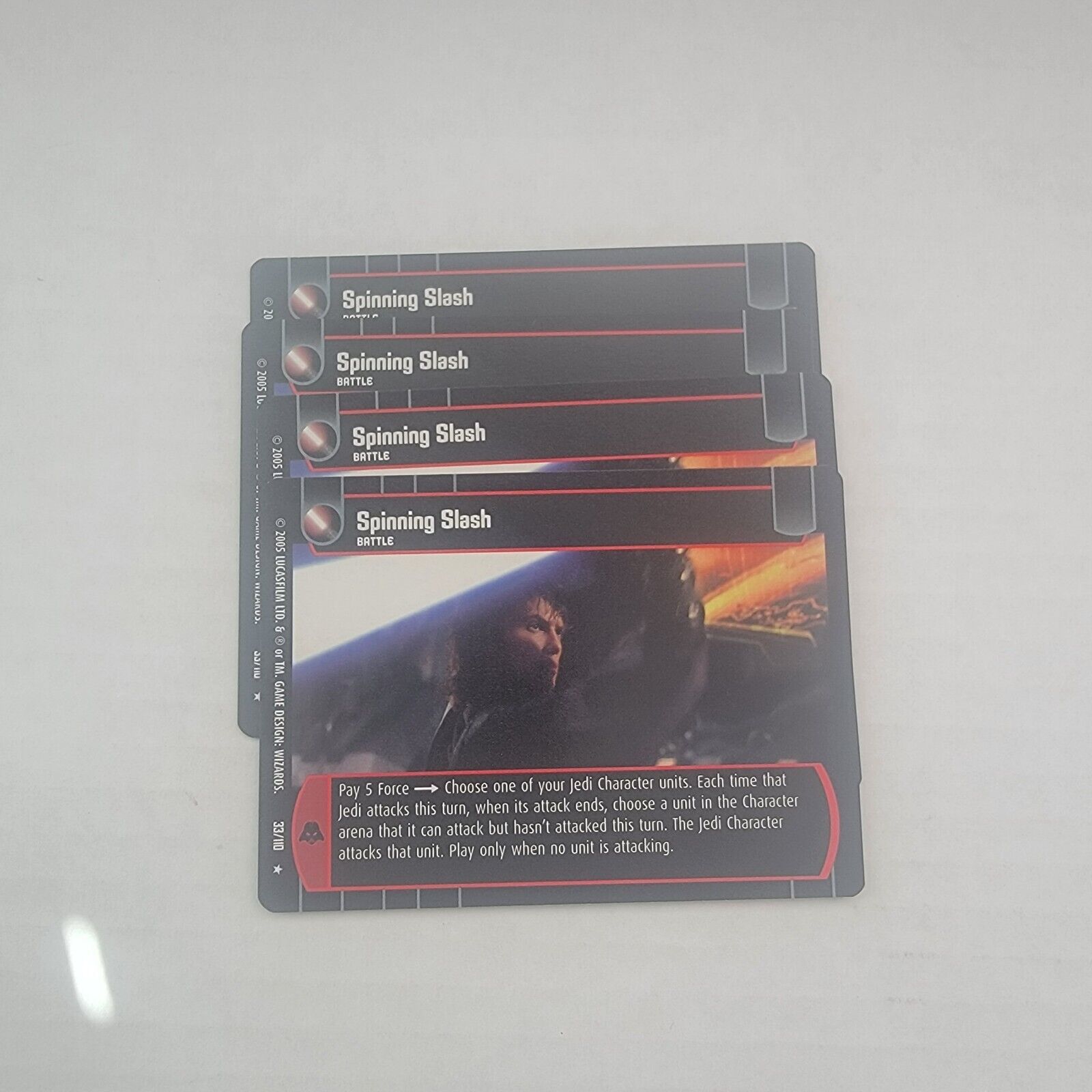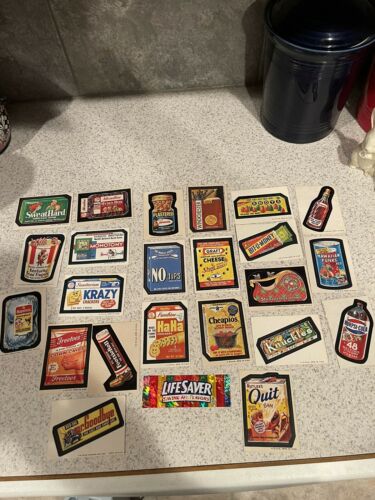-40%
11 German Trade Cards: Fighting in First Years of World War I, issued c. 1915
$ 0.84
- Description
- Size Guide
Description
Offered here are 11 German trade cards (one double) of World War I action from1914-1915, issued in 1915 by the Diamantine Shoe and Leather Polish Co. of Melle/Hannover. The cards have a short text on the front of the card describing the action in the picture. That text is repeated on the back as the title of a further expanded text. The text on the cards is as follows:No. 1: Shooting Down an Enemy Observation Aircraft.
The airplane, an invention of recent times, has been used by the armies of many nations to their advantage. It is the best means of spotting enemy positions and movements. Therefore, it is of the utmost importance to neutralize enemy aircraft, that is, to shoot them down, as has often happened in the war so far.
No. 2: Storming the Fortress at L
üttich (Belgium).
Much sooner than anyone had expected, news of fighting between German and enemy troops circulated in the first days of the war. Already on the 3
rd
day of the war the strongly fortified city of Lüttich was stormed by a German force much smaller than that of the Belgian defenders. The fortress of the town, built and defended by General Bialmont, was captured on August 7, 1914 at 8 am by German General Emmich who, a short time later, was given the prestigious medal
Pour le M
érit
é
.
No. 3: Capturing the First French Flag at the Battle of Lagarde.
The German advance force defeated elements of the French 15
th
Army Corps on August 11
th
near Lagarde in Lorraine. The enemy troops were pushed back into the forest near Luneville with heavy losses. It was here that the first French flag was captured, as well as two artillery batteries, four machine guns and 700 prisoners of war.
No. 4: The Destruction of Russian Cavalry Brigades at Soldau.
East of Johannisburg and between Lauterburg and Soldau on the southern border of East Prussia Russian cavalry attempted to cross the German border into East Prussia between Danzig and Warsaw. They were pushed back and completely destroyed by our militia regiments (Landsturm).
No. 6: House-to-House Fighting in Namur.
After a two-day artillery bombardment on the 25
th
and 26
th
of August and with brave resistance by the enemy the fortified town of Namur and all of its forts fell into German hands. The Belgian and French troops retreated hastily and concealed themselves in various houses along the way of the retreat, from which they were captured after heavy street fighting.
No. 8 [2x]: Fighting French Colonial Troops in the Vosges Mountains.
From Nancy and Belfort in the South French troops moved into Upper Alsace region near Mühlhausen in the Vosges Mountains that was relatively empty of military units. The army of German General von Heeringen, however, swept through the French troops and occupied the mountain passes, such that only small, disorganized units of French troops could be found west of Colmar. It was in the subsequent fighting with these smaller units that German troops made their first contact with French colonial troops in the war.
No. 9: The German 42 cm. big guns before Maubeuge.
One of the strongest French forts, the fortress Maubeuge, capitulated on September 7
th
. Forty thousand prisoners were taken, among them four generals and 400 artillery pieces. The quick success in conquering the fortress was due to the German 42-cm guns and the destruction they caused was considerable. For example, an exploding shell caused a concrete block the size of a large room to fly into the air and fall back down onto a group of defenders.
No. 10: The Battle of Tannenberg.
In a three-day battle on August 26, 27 and 28 Major General von Hindenburg completely defeated six Russian Army Corps that had entered East Prussia at Ortelsburg, Hohenstein and Tannenberg. He destroyed three Army Corps by pushing them into the swamps and lakes of the Masuren region and took 60,000 prisoners, including two commanding generals, and captured many artillery pieces and Russian flags.
No. 12: A German Zeppelin Bombs Antwerp.
The appearance of a German Zeppelin and its nighttime bombing of the fortress at Antwerp instilled great fear in the city. The bombs caused great damage to a gas-production facility and rows of houses, causing panic among the residents of the city. The Belgian commander ordered a total black-out of the city at night, in order to create difficulty for the airships to find a point of orientation.
No. 19: The Battle at Soissons on January 12
th
to 14
th
, 1915.
The victory of the Germans at Soissons under the leadership of Generals von Lochow and Wichüra on January 12
th
to 14
th
caused great losses for the French Army. The heights of the Aisne Valley was completely cleared of French troops and the enemy was thrown back over the river. The towns of Cufflies, Crouy, Missy, and Vregny were captured. In taking the last town on the list the regiments from Mark Brandenburg were particularly effective. These magnificent battles played out before the eyes of the German Emperor and won for us some 5,200 prisoners, 35 artillery pieces and six machine guns.
Each card measures 4 and ¼ inches by 2 and ¾ inches.
With multiple purchases, please wait for the invoice for reduced shipping.




